
Employees work on a mobile phone assembly line at Padget Electronics Pvt. Ltd., a subsidiary of Dixon Technologies, in Noida, India, March 2024. Photo: BLOOMBERG
According to CNN on July 29, a report by research company Canalys said that Indian-made devices accounted for 44% of total phone imports into the US, a sharp increase compared to 13% in the same period last year.
The total volume of smartphones manufactured in India alone increased by 240% year-on-year.
Meanwhile, China’s smartphone exports to the US have dropped sharply to just 25%. This is a significant drop compared to 61% in the same period last year, causing China to fall to third place, behind Vietnam (30%).
According to Canalys, Vietnam's growth momentum comes mainly from Apple shifting production out of China, due to concerns about the "uncertain trade landscape" between Washington and Beijing.
“Apple has expanded its manufacturing operations in India in recent years and is now using much of its export capacity from the country to supply the US market,” said Canalys analyst Sanyam Chaurasia.
However, Mr. Chaurasia noted that Apple is still partly dependent on existing factories in China.
While products like the iPhone are exempt from some retaliatory tariffs imposed by the U.S., CEO Tim Cook said devices made in China are still subject to a minimum 20% tariff, so he expects the majority of iPhones sold in the U.S. this year to come from India.
In recent times, US President Donald Trump's constantly changing tariff policies have forced many manufacturers to seek alternatives outside of China.
According to CNN, this is part of a long-term trend as global companies want to diversify their supply chains, reducing their dependence on the world's second largest economy , which has caused serious disruptions to the global supply chain during the COVID-19 pandemic.
As relations between Beijing and the West continue to be strained, emerging economies in Asia such as Vietnam and India are seen as top alternative destinations.
The US and China are currently resuming trade talks in Sweden to extend the 90-day “tariff truce” signed in May. However, experts say the restructuring of global supply chains will continue, despite temporary reconciliation efforts.
Source: https://tuoitre.vn/an-do-vuot-trung-quoc-tro-thanh-quoc-gia-xuat-khau-dien-thoai-lon-nhat-vao-my-viet-nam-dung-thu-2-20250730144012331.htm


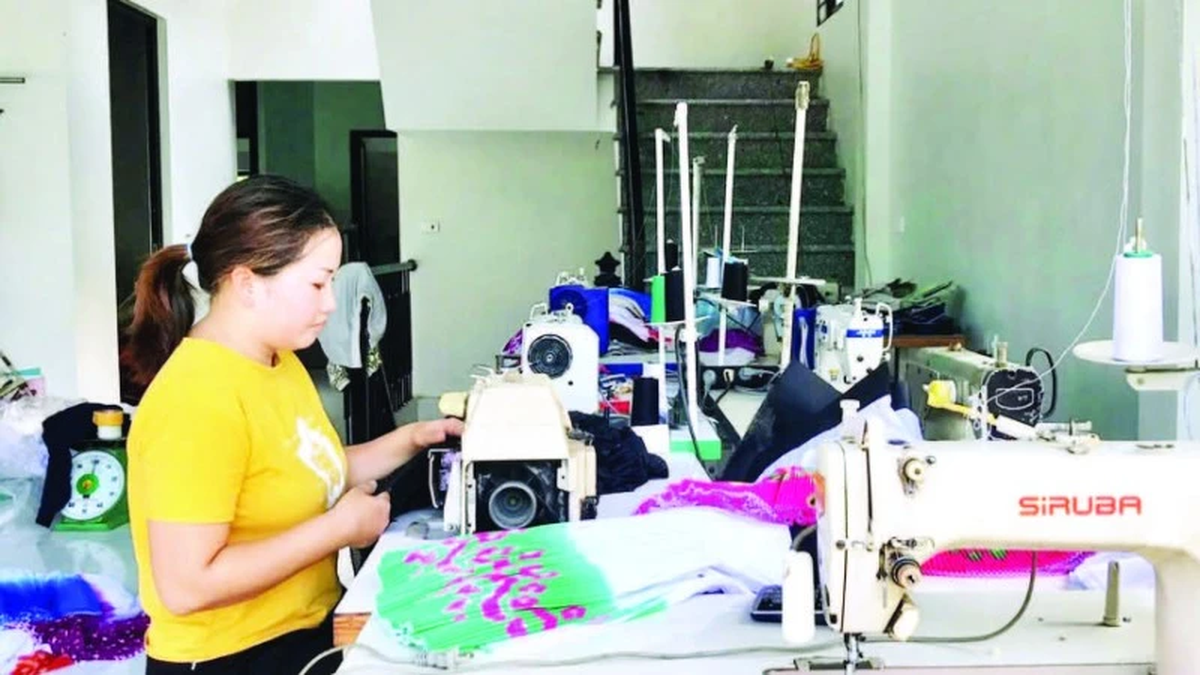






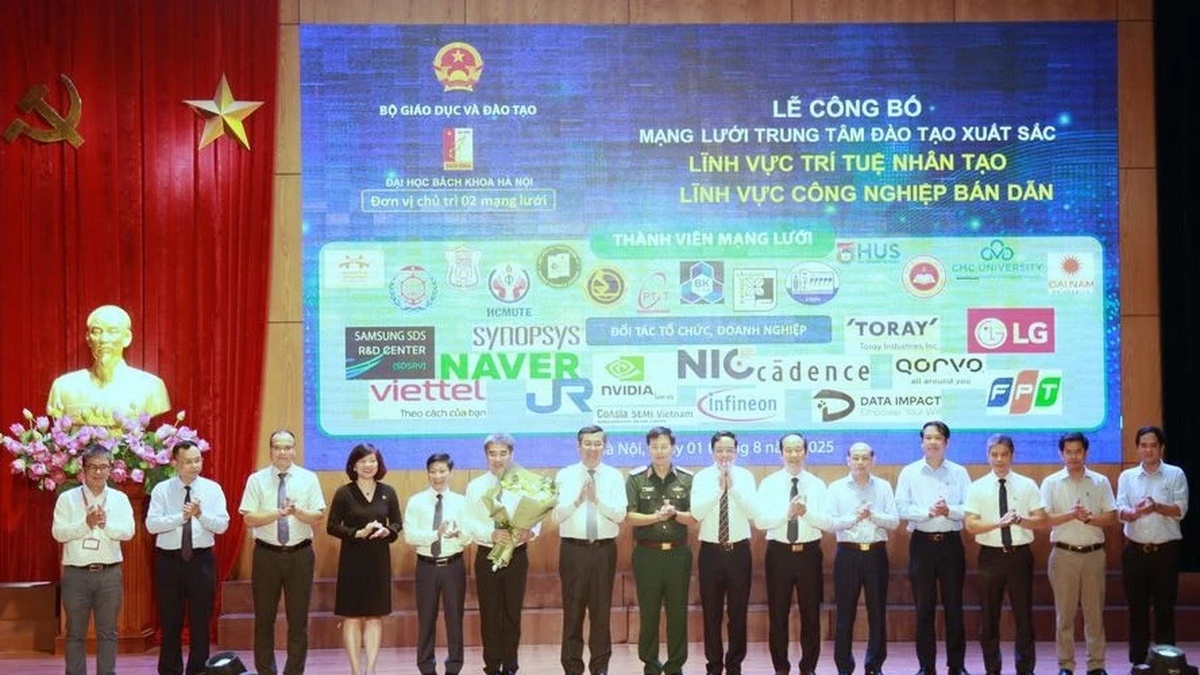























































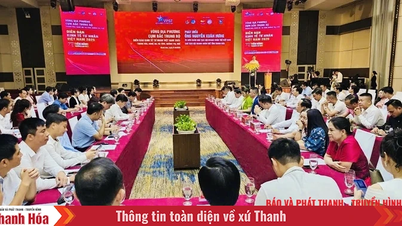

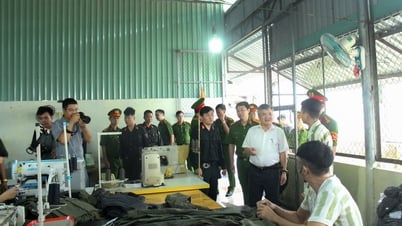


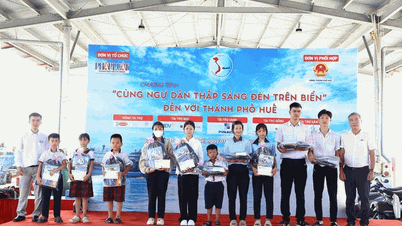




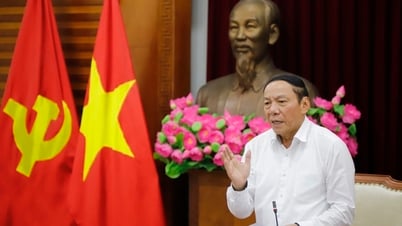


























Comment (0)